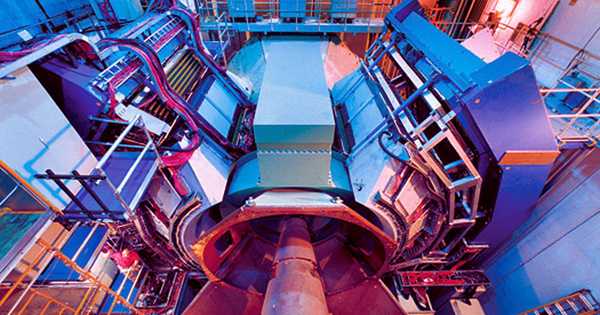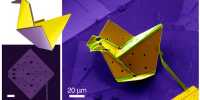Optical spectrometers study the absorption and emission of light and are used in various fields to analyze and identify the properties of structures. Using an optical spectrometer, the molecules that are made by them are able to work the molecular elements of objects in a combination of distant nebulae. As people are good enough to determine the properties of things just by looking at things, but we have discovered that we can do much more with technology.
“A spectrometer is very different from a standard camera because it can actually capture much more than what we can see or what the camera can see. And that means a spectrum can give us a lot of really useful information in many situations in our daily lives,” Tawfique Hasan, a veteran author at the Cambridge Graphene Center, told IFLScience.
Researchers led by a team at the University of Cambridge developed an approach that uses clever computational software that uses nanowires a thousand times thinner than a single human hair and can reconstruct the entire spectrum of light signals, reported as science. The device is already made from commercially available nanowires and is so small that it can be easily integrated into a smartphone.
The application is interesting, academic, artistic, and personal. It could use drones to monitor the environment and identify contaminants, or to evaluate the quality of pharmaceutical products. The application also can detect a wide range of counterfeit products. By increasing the powers of observation from visible light to infrared, it can be used to estimate the ripeness of any fruit. Want to know how much sugar is in the apple you have? Point out your little spectrum and get an answer.
“If you have access to light-sensitive instruments that contain different bandgaps in a specific wavelength region, you can use the same concept, the same platform, and create a new spectrometer”. “The most important aspect that our papers have pointed out is that we are not just displaying a spectrometer, we are demonstrating a platform,” Dr. Hasan said. The team really emphasizes the versatility of this approach. By changing the hardware or software, others can bring their own ultra-minimized spectroscopy system and their applications are endless.
















